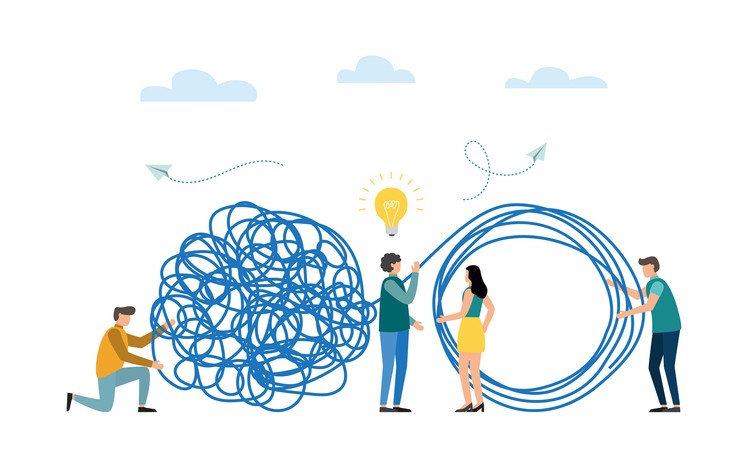Creative Ways to Enhance Your Problem Solving Skills at Work
Problem solving is a process that we use to bridge a gap between a present situation and a desired goal. We go through this process almost every day at work to make decisions and get our job done. Since we are often encouraged to “think outside the box” when problem solving at work, it is important to adapt a creative approach.
STEPS TO CREATIVE PROBLEM SOLVING
Identify and understand the problem. In the creative problem solving process, it is necessary to start by identifying the problem and/or goal at hand. If the situation seems overwhelming, break it down to multiple simple questions and tackle them one at the time.
Gather information. After identifying the problem/goal, the next step is to collect information that will help you formulate creative ideas. Talk to your supervisor and/or colleagues in other departments about their experiences in dealing with similar issues. Utilize the internet for online resources and research for best practices.
Allow yourself time to think. Creative solutions to a problem take time. Unless it is an urgent situation, you want to allow yourself enough time to be thoughtful about your ideas. Get up from your desk and take a break when you feel like you are not going anywhere. Sometimes it helps the creative thinking process when you are physically away from the problem because you may be able to see things from a different perspective.
Brainstorm and generate ideas. Creative problem solving in the workplace generally involves a team approach. Because employees bring different perspectives from their diverse experiences and backgrounds, brainstorming sessions with co-workers is an effective way to generate ideas. Be sure to write down every idea offered or discussed, no matter how small or insignificant it may seem at the time. They may still add value in finding the solution when combined with other ideas, or they may spark other new thoughts.
Evaluate potential solutions for feasibility and effectiveness. After generating and writing down all the ideas, it’s time to combine and evaluate them. In evaluating the potential options, consider the resources available, possible constrains, the company’s culture and norms, and other criteria that might impact your evaluation and decision. The evaluation process is designed to help you find the idea(s) that are most realistic and suitable to solve your problem and allow you to achieve your goal.
Take action. Now that you have found your creative, feasible solutions, the next step is creating an action plan to implement the ideas. Establish a realistic timeline to take action and stick to it.


Leave A Comment